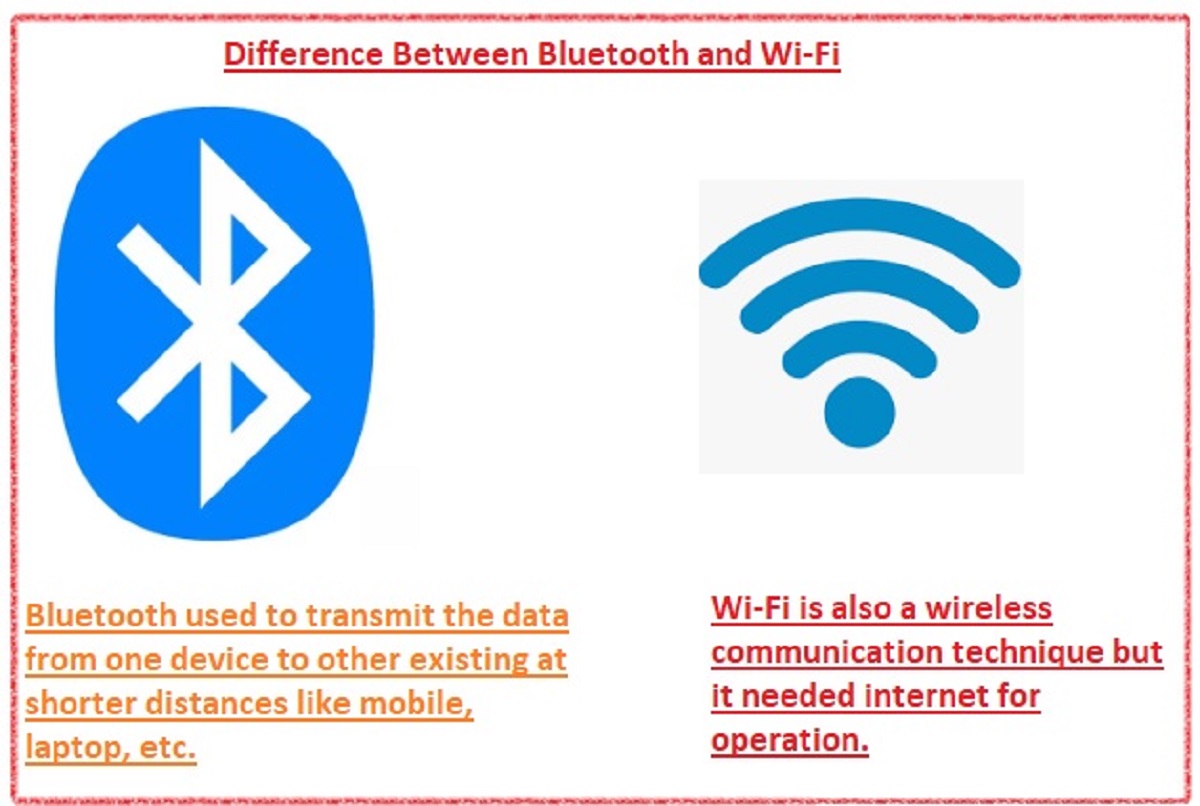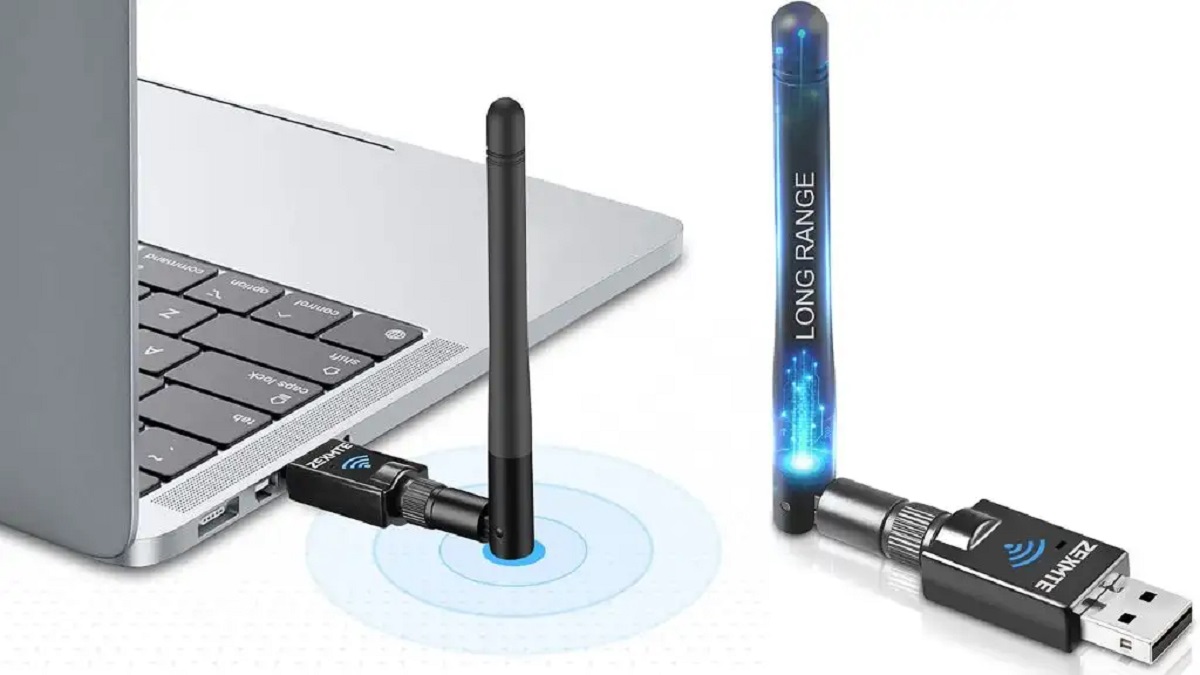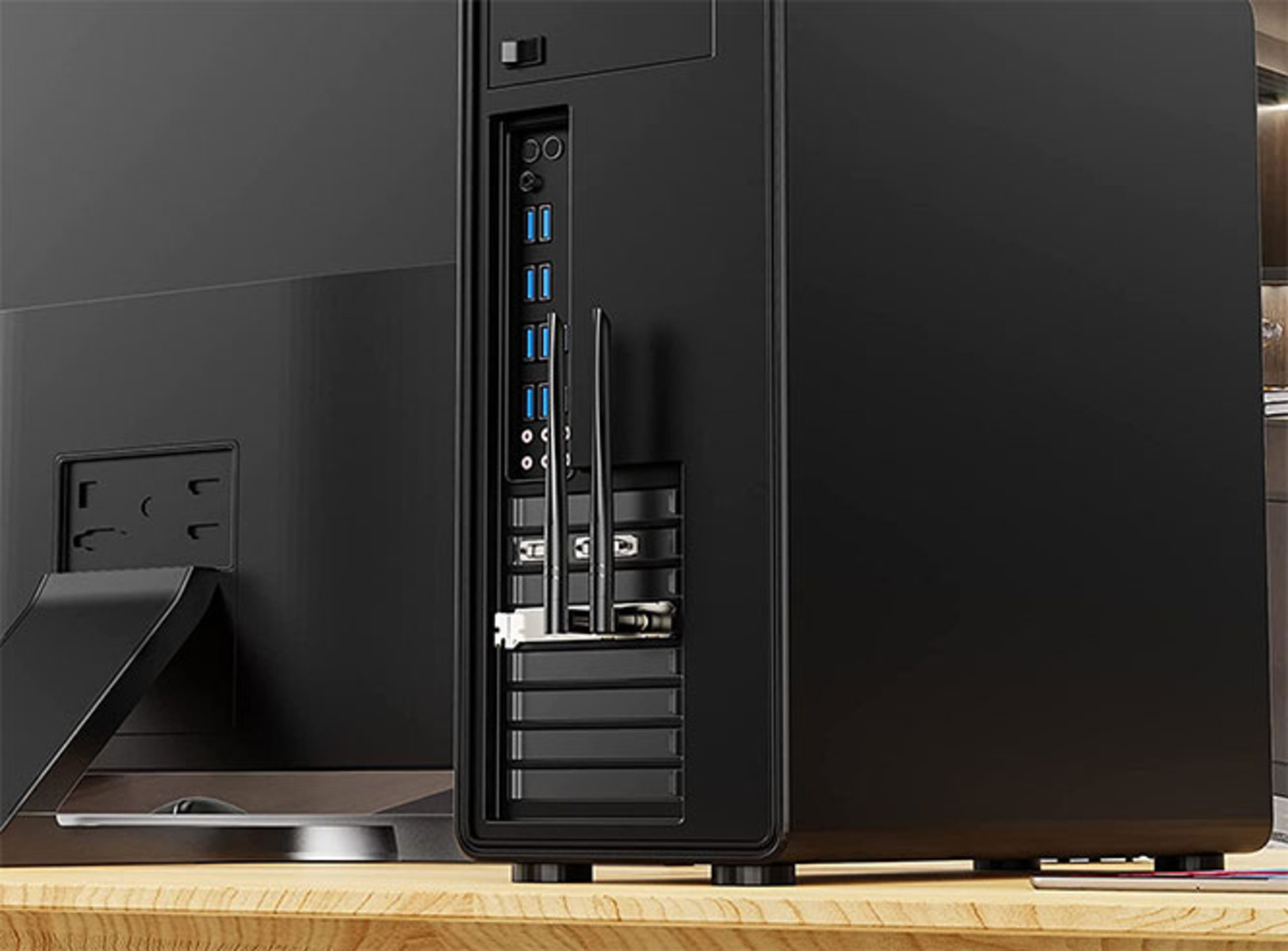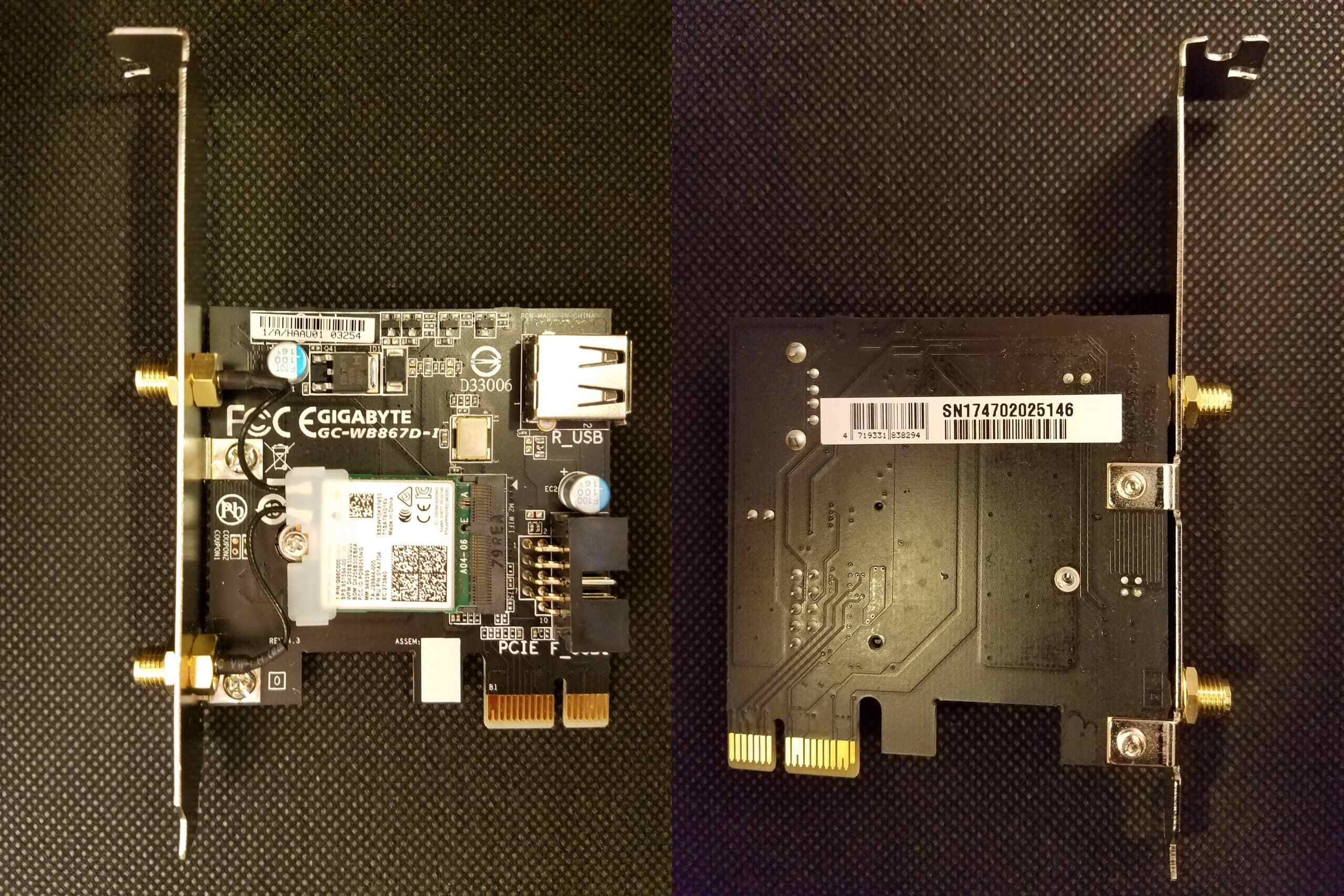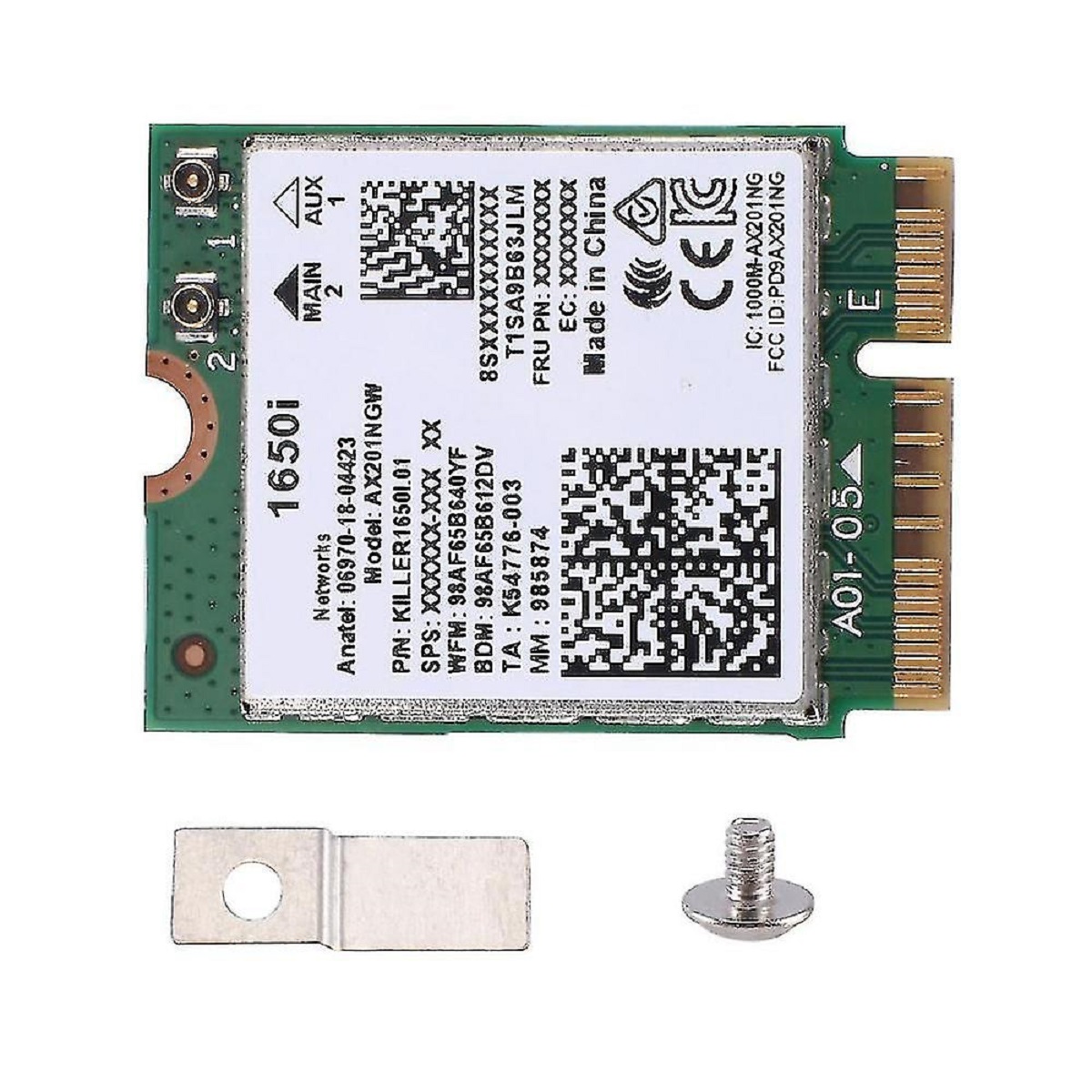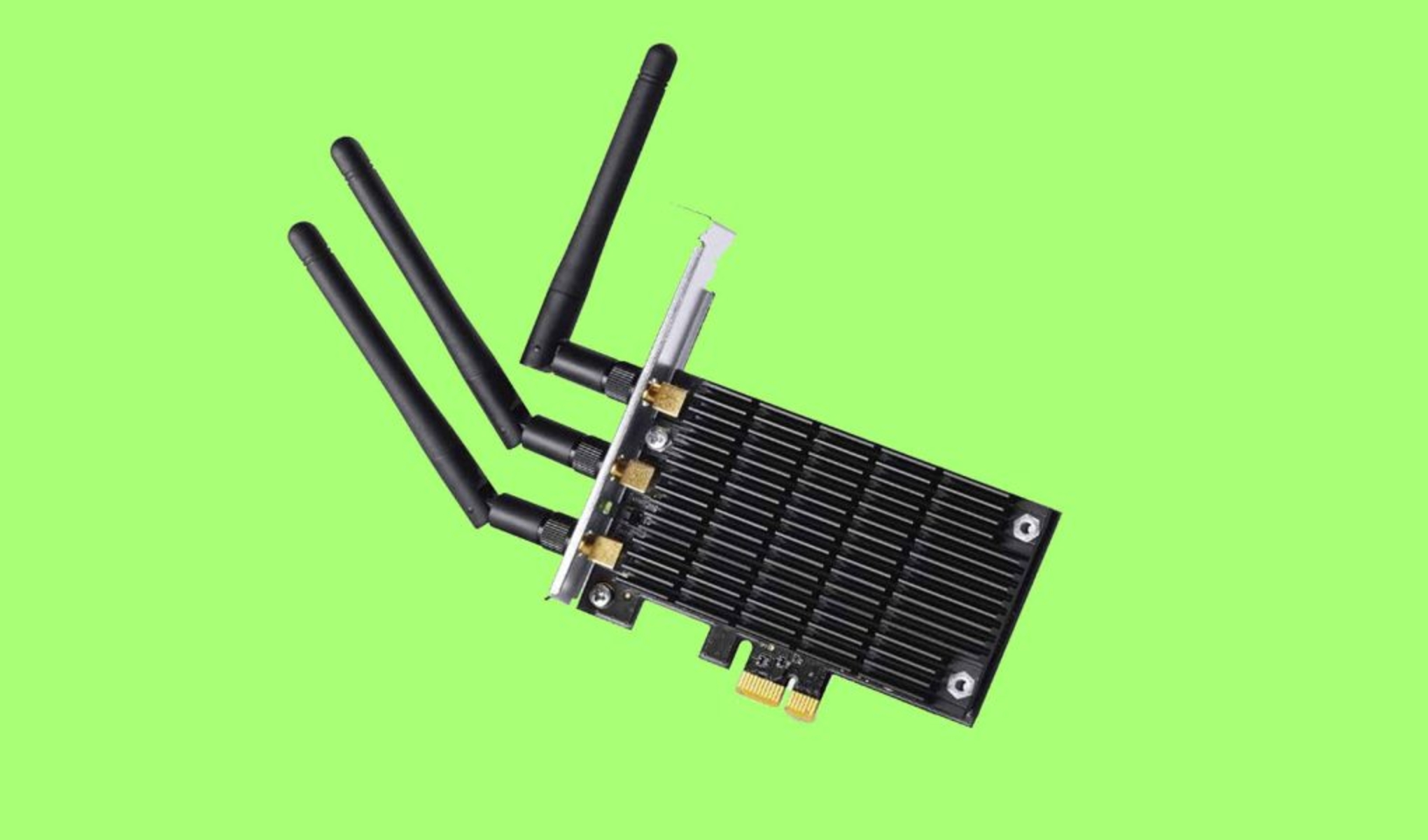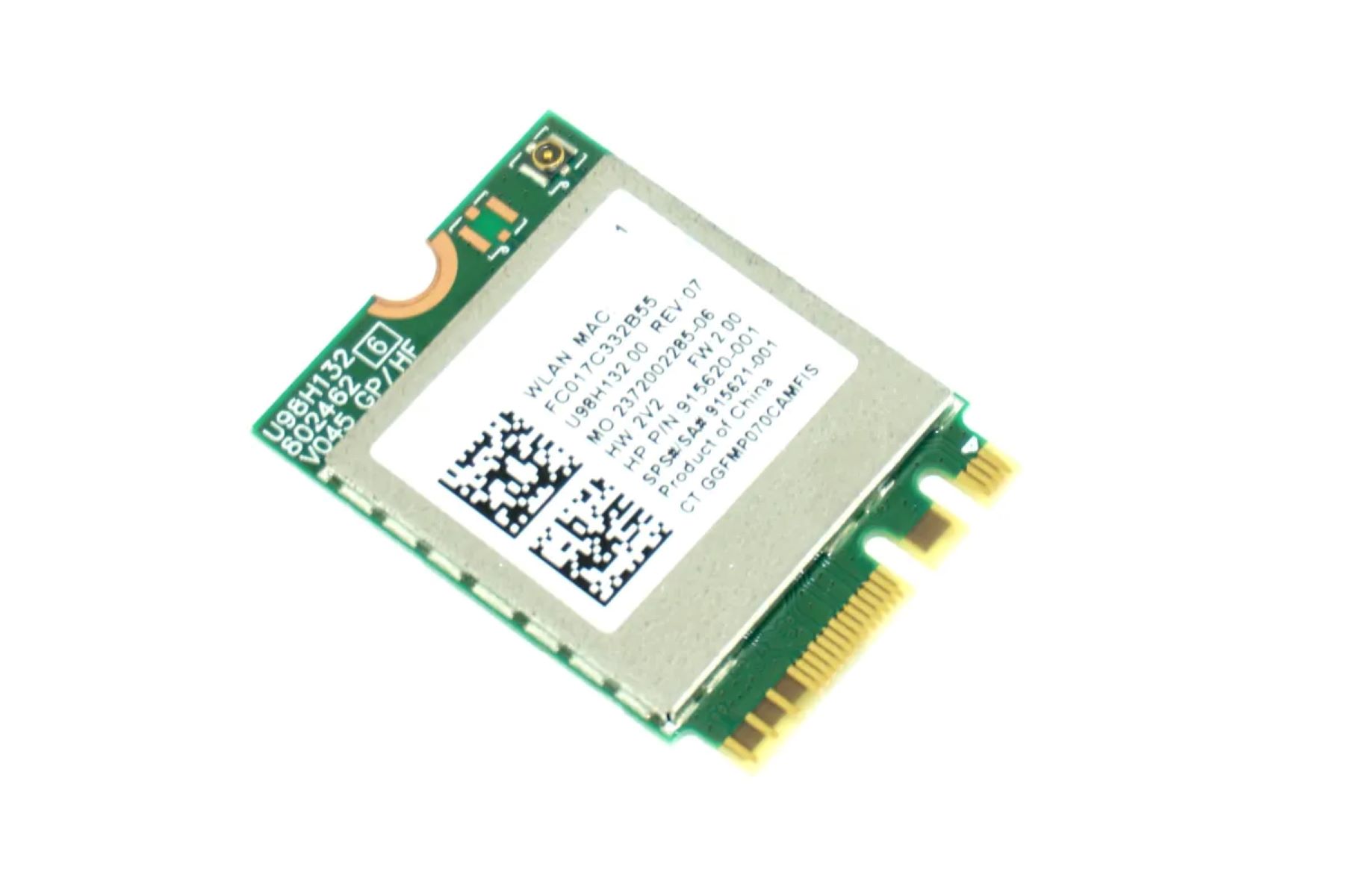Introduction
In today’s world of advanced technology, wireless connectivity has become an indispensable part of our daily lives. Two popular wireless technologies that most people are familiar with are Wi-Fi and Bluetooth. Both provide wireless communication capabilities, but they differ in terms of their range, speed, power consumption, and the number of devices they can connect to.
Wi-Fi, short for Wireless Fidelity, is a technology that allows electronic devices to connect to the internet and communicate with each other wirelessly. It uses radio waves to transmit data over a network, providing users with high-speed internet access. On the other hand, Bluetooth is a wireless technology that enables short-range communication between devices. It is commonly used for connecting devices such as smartphones, tablets, and headphones, allowing them to share data and audio wirelessly.
In this article, we will explore the differences between Wi-Fi and Bluetooth, highlighting their unique features and applications. Understanding these differences will help us make informed decisions when choosing the right wireless technology for our specific needs.
Wifi
Wi-Fi, as mentioned earlier, is a wireless technology that allows devices to connect to the internet and communicate with each other over a local area network (LAN). It operates on the IEEE 802.11 standard, which ensures compatibility between different devices and network equipment.
One of the key advantages of Wi-Fi is its extended range compared to Bluetooth. Typically, Wi-Fi can cover larger areas, such as homes, offices, or public spaces, allowing multiple devices to connect simultaneously. This makes it ideal for internet browsing, streaming media, and online gaming.
Wi-Fi also offers faster data transfer speeds compared to Bluetooth. It can support speeds ranging from a few megabits per second (Mbps) to several gigabits per second (Gbps), depending on the specific Wi-Fi standard being used. This high speed makes it convenient for activities that require large amounts of data, such as downloading files, streaming high-definition videos, or video conferencing.
Another benefit of Wi-Fi is its ability to handle a large number of connected devices. Wi-Fi routers can typically support several devices simultaneously, allowing multiple users to access the network without experiencing a significant drop in performance. This is particularly useful in households or offices where multiple users are actively using the internet.
However, Wi-Fi does have its limitations. Its range can be affected by physical obstacles such as walls or distance from the router, resulting in signal drop-offs or weaker connections in certain areas. Additionally, Wi-Fi consumes more power compared to Bluetooth, which can impact the battery life of mobile devices.
Overall, Wi-Fi offers a wide range of applications and is the go-to wireless technology for internet connectivity in most environments. Its fast speeds, extensive coverage, and ability to connect multiple devices make it the preferred choice for high-bandwidth activities and situations where a larger number of devices need to be connected simultaneously.
Bluetooth
Bluetooth is a wireless technology that enables short-range communication between devices. It was originally developed as a replacement for cables and wires, allowing devices to connect and exchange data seamlessly.
One of the key advantages of Bluetooth is its simplicity of use. It operates on a low-power frequency band, making it energy-efficient and suitable for battery-powered devices like smartphones, tablets, and wireless headphones. Bluetooth connections are easy to establish, as devices can automatically detect and pair with each other, eliminating the need for complicated setup procedures.
Bluetooth’s range is typically shorter than Wi-Fi, but it can still cover a reasonable distance of up to 100 meters, depending on the version and environment. This makes it suitable for scenarios where devices are in close proximity, such as connecting a smartphone to a wireless speaker or a laptop to a wireless mouse.
Although Bluetooth’s data transfer speeds are generally slower compared to Wi-Fi, with a maximum speed of around 3 Mbps, it is sufficient for most everyday tasks such as file sharing, audio streaming, and peripheral device connectivity. Bluetooth also supports a feature called “Bluetooth Low Energy” (BLE), which is specifically designed for low-power applications like wearable devices and sensors.
Another advantage of Bluetooth is its ability to connect multiple devices simultaneously in what is known as a “piconet”. This allows for seamless communication between various devices, such as connecting a smartphone to a smartwatch, a wireless keyboard, and a pair of headphones at the same time.
However, Bluetooth does have limitations. Its shorter range and slower speeds make it less suitable for applications that require high data transfer rates or long-distance communication. Additionally, while Bluetooth can connect multiple devices, the total number of devices in a piconet is limited, usually up to seven or eight devices, depending on the Bluetooth version.
In summary, Bluetooth is an efficient wireless technology that excels in short-range communication and connectivity between devices. Its simplicity, energy efficiency, and multi-device connectivity make it ideal for personal and portable devices, audio streaming, and peripheral connections where high data transfer rates or extensive coverage are not critical requirements.
Range
One of the key differences between Wi-Fi and Bluetooth is the range at which they can establish wireless connections. The range refers to the maximum distance over which devices can maintain a reliable connection without any significant loss in signal quality or data transfer speed.
Wi-Fi generally offers a larger range compared to Bluetooth. The range of Wi-Fi depends on various factors such as the Wi-Fi standard being used, the environment, and any physical obstacles in the area. In general, Wi-Fi can cover a range of several meters to hundreds of meters with the help of external antennas or Wi-Fi extenders. This makes Wi-Fi suitable for larger spaces like homes, offices, and public areas where multiple devices need internet access.
On the other hand, Bluetooth has a more limited range. The typical range of Bluetooth is around 10 meters (30 feet), although this can vary depending on the specific Bluetooth version and devices being used. Bluetooth’s shorter range is designed to cater to scenarios where devices are in close proximity to each other, such as connecting a smartphone to a wireless speaker or a laptop to a wireless mouse. This shorter range ensures an efficient and stable connection without interference from other nearby devices.
It is important to note that both Wi-Fi and Bluetooth ranges can be affected by physical obstacles such as walls, furniture, or interference from other electronic devices. The range may be reduced or the signal quality may suffer when there are obstructions between the transmitting device and the receiving device. In these cases, Wi-Fi can be more susceptible to signal drops or weaker connections compared to Bluetooth, as it operates at higher frequencies.
In summary, Wi-Fi generally offers a larger range, making it suitable for larger spaces and areas where internet access is required by multiple devices. On the other hand, Bluetooth has a more limited range, but it is designed for short-range communication and works well in scenarios where devices are in close proximity to each other.
Speed
When comparing Wi-Fi and Bluetooth, one crucial aspect to consider is the data transfer speed that each technology can achieve. The speed of wireless communication determines how quickly data can be transmitted between devices, influencing the overall user experience.
Wi-Fi offers faster data transfer speeds compared to Bluetooth. The exact speed depends on the specific Wi-Fi standard being used, such as 802.11ac or 802.11ax. Wi-Fi speeds can range from a few megabits per second (Mbps) to several gigabits per second (Gbps). This high speed makes Wi-Fi ideal for activities that require large file downloads, video streaming, online gaming, and other bandwidth-intensive tasks. It ensures a smooth internet browsing experience and enables users to quickly transfer large files across connected devices.
Bluetooth, on the other hand, has lower data transfer speeds compared to Wi-Fi. The maximum speed of Bluetooth depends on the Bluetooth version being used, with Bluetooth 5.0 offering faster speeds than its predecessors. Bluetooth typically has a maximum speed of around 3 Mbps, which is sufficient for tasks such as transferring files, streaming music, or connecting peripheral devices like keyboards or mice. While Bluetooth may not match the lightning-fast speeds of Wi-Fi, it provides ample bandwidth for most everyday tasks and does not require extensive data transfer capabilities.
It’s important to note that the actual data transfer speed experienced by users may vary based on various factors, including signal strength, interference, and the distance between the transmitting and receiving devices. In general, Wi-Fi tends to maintain its speed over longer distances, while Bluetooth may experience a noticeable drop in speed as the distance between devices increases.
In summary, Wi-Fi offers faster data transfer speeds, making it suitable for tasks that require high bandwidth and quick downloads. Bluetooth, on the other hand, provides sufficient speed for everyday tasks and device connectivity, making it a reliable option for activities that do not demand high-speed data transmission.
Power Consumption
Power consumption is an essential factor to consider when comparing Wi-Fi and Bluetooth, especially for devices that operate on limited battery power. The power consumption of wireless technologies determines how quickly a device’s battery drains while using the wireless connection.
Bluetooth is known for its low power consumption. It is designed to efficiently utilize power and conserve battery life, making it ideal for devices such as smartphones, tablets, and wireless headphones. Bluetooth technology operates on a low-power frequency band, enabling devices to maintain a wireless connection while minimizing energy consumption. This is especially beneficial for devices that need to maintain a continuous connection, such as wireless headsets or fitness trackers.
On the other hand, Wi-Fi typically consumes more power compared to Bluetooth. Wi-Fi technology operates at higher frequencies and requires more power to maintain a stable connection and transmit data over longer distances. While power-efficient Wi-Fi standards have been introduced, such as Wi-Fi 6 (802.11ax) and Wi-Fi 6E, Wi-Fi-enabled devices may still experience higher power consumption compared to Bluetooth-enabled devices.
The impact of power consumption can vary depending on the specific usage patterns and settings of the devices. For example, constantly streaming videos over Wi-Fi may drain a device’s battery faster compared to using Bluetooth for audio streaming. Additionally, the distance between the device and the wireless router can affect power consumption, as devices may use more power to maintain a strong Wi-Fi signal when they are further away.
In summary, Bluetooth is generally more power-efficient compared to Wi-Fi, making it suitable for battery-powered devices that require continuous wireless connectivity while conserving energy. Wi-Fi, although consuming more power, offers faster speeds and greater coverage, making it the preferred choice when high-speed data transfer and extensive range are required, despite the potential impact on battery life.
Number of Devices
The number of devices that can be connected simultaneously is another important consideration when comparing Wi-Fi and Bluetooth. The ability to connect multiple devices enables seamless communication and interaction between different devices within a network.
Wi-Fi routers are designed to support a larger number of devices simultaneously. Depending on the specific Wi-Fi standard and the capabilities of the router, multiple devices can connect to a Wi-Fi network without experiencing a significant drop in performance. This is particularly useful in households or offices where multiple users and devices require internet connectivity. Wi-Fi networks can typically accommodate dozens or even hundreds of devices, helping to meet the growing demands of a connected world.
In contrast, Bluetooth has a more limited capacity for simultaneous device connections. The number of devices that can be connected at once in a Bluetooth network, known as a “piconet,” is generally restricted to seven or eight devices, depending on the Bluetooth version being used. While this limitation may seem restrictive, it is still sufficient for most personal and small-scale applications. Bluetooth’s design, focused on personal device connectivity, allows for seamless communication between devices such as smartphones, tablets, headphones, and wearable devices.
Additionally, Bluetooth offers the ability to set up more complex network configurations known as “scatternets.” Scatternets allow multiple piconets to interconnect, creating a network of devices. This enables a larger number of devices to communicate with each other, albeit with more complex management and potential impacts on performance.
It’s important to note that the actual number of devices that can be simultaneously connected in both Wi-Fi and Bluetooth networks can depend on factors such as the specific devices, network protocols, and the usage patterns of the devices. Additionally, while Wi-Fi can support a larger number of devices, the overall performance of the network may be affected when multiple devices use a significant amount of bandwidth at the same time.
To summarize, Wi-Fi networks can support a larger number of devices simultaneously, making it suitable for environments with a high demand for internet connectivity. Bluetooth, while limited in terms of the number of simultaneous connections, offers seamless personal device connectivity and allows for flexible network configurations to accommodate multiple devices within a network.
Applications
Both Wi-Fi and Bluetooth have a wide range of applications, each catering to different needs and use cases. Understanding the specific applications of these wireless technologies can help determine which one is more suitable for a particular scenario.
Wi-Fi is commonly used for internet connectivity in homes, offices, cafes, airports, and other public spaces. It provides high-speed internet access, allowing users to browse the web, stream media content, download files, and engage in online gaming. Wi-Fi is also extensively used in smart home devices, enabling the seamless connection of various devices such as smart speakers, security systems, and home automation systems. Additionally, Wi-Fi is widely utilized in businesses and educational institutions, where it supports large-scale networks and facilitates collaboration and communication among multiple devices.
Bluetooth, on the other hand, finds its applications in personal device connectivity and wireless peripheral connections. It is commonly used for connecting smartphones and tablets to wireless headphones, speakers, and car audio systems, allowing for wireless audio streaming. Bluetooth is also popular for connecting devices like wireless keyboards, mice, and game controllers to computers and tablets, providing a clutter-free and convenient user experience. Furthermore, Bluetooth is frequently used in the healthcare industry for connecting devices like fitness trackers, heart rate monitors, and blood pressure monitors to smartphones or computers for data tracking and analysis.
Both Wi-Fi and Bluetooth are extensively used in the Internet of Things (IoT) ecosystem. Wi-Fi enables smart devices, such as smart thermostats, cameras, and home appliances, to connect to the internet and be controlled remotely. Bluetooth, with its lower power consumption and ability to connect to multiple devices, is often used for smaller IoT devices like wearable devices, fitness trackers, and sensors.
In summary, Wi-Fi is widely used for internet connectivity in various environments, supporting activities that require high-bandwidth internet access. Bluetooth, on the other hand, is commonly used for personal device connectivity and wireless peripheral connections, providing convenience and seamless integration between devices. Both technologies play crucial roles in enabling connectivity in homes, offices, public spaces, and the ever-expanding realm of IoT applications.
Conclusion
In conclusion, Wi-Fi and Bluetooth are both wireless technologies that offer unique features and applications. Wi-Fi provides a wider range, faster speeds, and the ability to connect multiple devices simultaneously, making it suitable for internet connectivity, streaming media, and large-scale networks. On the other hand, Bluetooth excels in short-range communication, low power consumption, and seamless device connectivity, making it ideal for personal device connections, wireless peripherals, and IoT applications.
When deciding between Wi-Fi and Bluetooth, it is important to consider the specific needs and requirements of the situation. For high-bandwidth activities, extensive internet coverage, and multi-device connectivity, Wi-Fi is the preferred choice. If low power consumption, personal device connectivity, and wireless peripheral connections are the primary focus, Bluetooth is the more suitable option.
It is worth noting that Wi-Fi and Bluetooth are not mutually exclusive technologies – they can coexist and complement each other in various scenarios. Many devices, such as smartphones and laptops, support both Wi-Fi and Bluetooth, providing users with the flexibility to choose the appropriate wireless technology based on their specific needs.
In the ever-evolving world of wireless connectivity, Wi-Fi and Bluetooth continue to play vital roles in enabling seamless communication and enhancing our daily lives. Whether it’s browsing the internet, streaming media, connecting devices, or embracing the IoT revolution, these wireless technologies are essential tools that keep us connected and make our lives more convenient and enjoyable.







